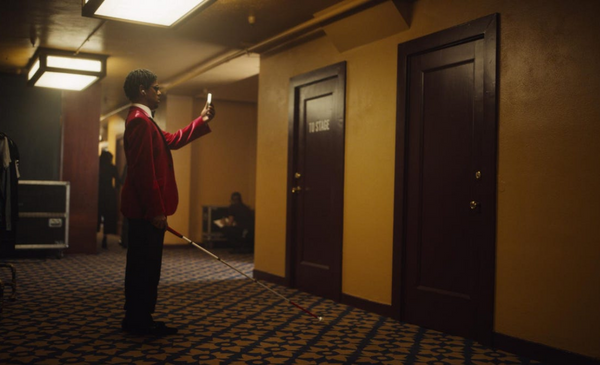Apple released a movie called “The Greatest” this week in honour of International Day of Disabled Persons 2022, which is celebrated annually on December 3. The video highlighted how some of Apple’s users were making use of the company’s accessibility capabilities, such as door recognition and sound alarms.
While Spinifex Gum’s “I Am the Greatest” (with the Marliya Choir) plays in the background, a few examples are demonstrated in which the iPhone’s Magnifier, Door Detection, and Image Descriptions, and the Mac’s head tracking and facial expressions are used as alternative pointer controls.
Of course, at its core, this is really an advertisement for Apple products. Still, the uniqueness of this situation is undeniable, and the fact that practically anyone can use these gadgets as well as anyone else is a testament to the progress that software has made.
I wonder, though, how Apple could take accessibility in AR and VR to the next level, given reports of a virtual reality device from the company arriving in 2023.
Stop referring to Accessibility as an “easter egg”
In this two-minute film (also available in an audio-described version), seven real people—not actors—show how they utilise an iPhone, a Mac, and an Apple Watch to get through their days. The mother of a newborn infant with no hearing receives a notification on her Apple Watch that her child is crying, prompting her to attend to her child. The feature may be activated by heading to the device’s settings and selecting the option to “Select Alerts for Certain Sounds” under the “Accessibility” tab.
While I was browsing, I came across a video of jazz pianist and Julliard alum Matthew Whitaker utilising the iPhone’s recognition capability to decipher the door’s inscription. According to what I’ve been informed, any iPhone with a LIDAR scanner (the iPhone 12 Pro and after) is capable of door detection up to a distance of 20 feet.
As I saw the Magnifier app’s Detection Mode decipher the word “Stage” on the door, I realised that this may be the beginning of something big. Suppose you had a headset that would respond to your gaze by reading out menu options or other distance-detection warnings.
On a misty morning, the headset may help you see better to pick up a stick your dog may have dropped alongside you, or it could tell you exactly where the stick is and how far away it is.
These are all examples of how ease of access may improve people’s quality of life. For far too long, articles have referred to Accessibility elements as “easter eggs” or “hidden features,” while in reality, they are designed to accommodate all users. Videos like “The Greatest” demonstrate the day-to-day and long-term benefits that customers receive from Detection Mode and Voice Control.
If the headset is indeed introduced in 2023, I will be interested not in how much it costs but in what accessible features are built in from the start, since these rumours suggest the headset might take these features to the next level.

Subtly charming pop culture geek. Amateur analyst. Freelance tv buff. Coffee lover
